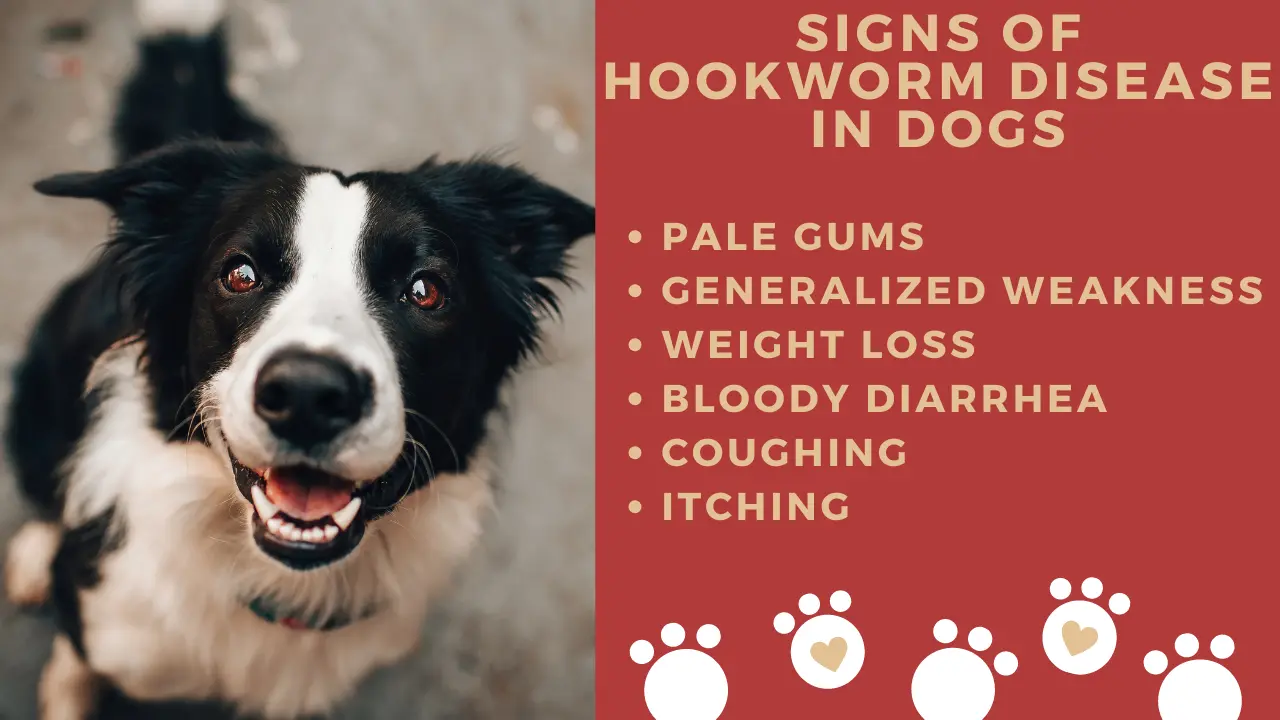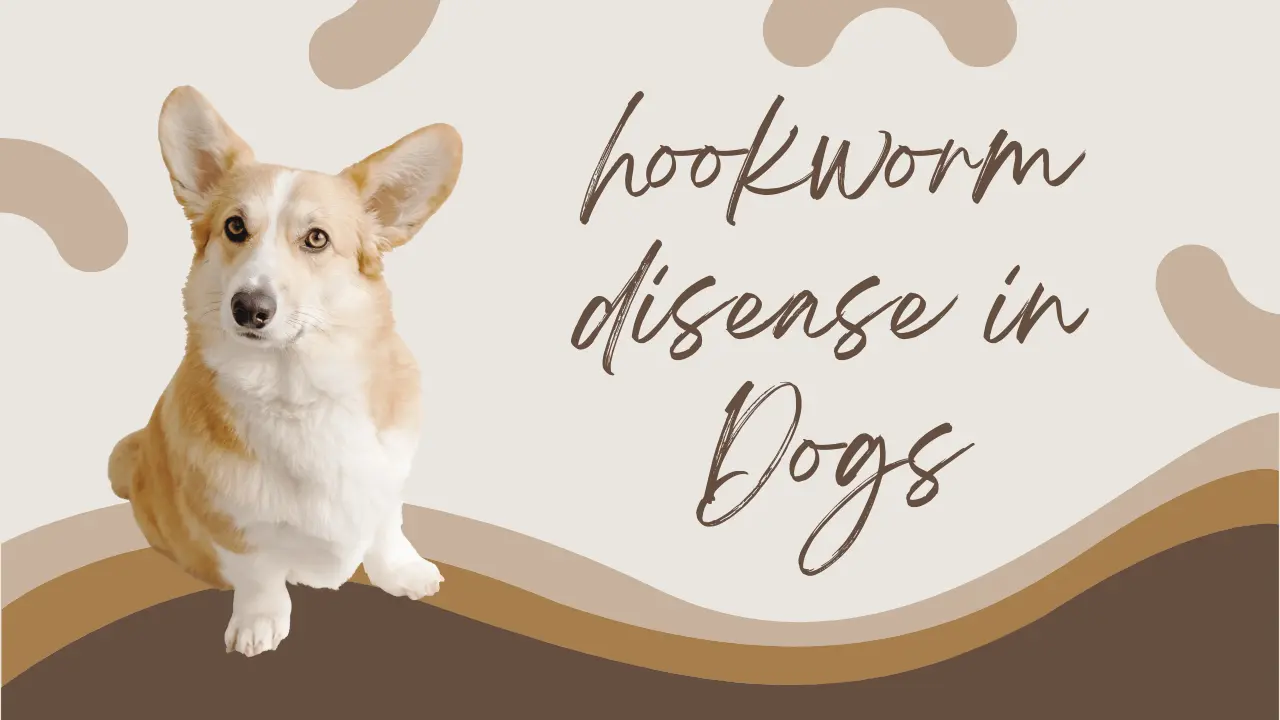Read information about hookworm disease in dogs with the main signs of the illness, factors leading to its development, and ways to cure. Get to know all you need to know about this regular dog sickness in our special article on prevention and treatment.
Hookworm
In healthy adult dogs, hookworms cause a simple gastrointestinal upset; however, it is life-threatening in puppies. Currently, the New Hope vets are covering the issue of dog hookworm as they talk about the causes, signs, treatment, and prevention of this problem.
Hookworm disease in Dogs
Cat and dog hookworms are intestinal worms with hooklike mouth which is useful in attach itself to the host. Tiny as they are, measuring between 1/4 – 3/4 inches, once they hook onto the intestines of your pet, they are capable of consuming a lot of blood.
Also, it must be mentioned that in case your pet was infected with a large number of hookworms, he/she could potentially develop such conditions as the inflammation of the intestine or anemia.
It is usually observed in tropical and sub-tropical climates and in animals that usually live unsanitary conditions, which include overcrowding.
Symptoms of hookworm disease in dogs
There are four ways that hookworms can infect dogs:
- A foetus can be infected by hookworm by ingesting the larvae through the placental membranes while still in a litter.
- After being born, puppies can also get hookworms through the contaminated mother’s milk.
- Your dog can readily ingest hookworm larvae by licking their paws or by sniffing the excrement and the ground that contains the eggs.
- It is for this reason that larvae can burrow themselves into the skin of your dog in order to cause infection.
Lifecycle of Hookworms
The lifecycle of a hookworm consists of three developmental phases: the egg, larval, and adult stages.
- These are microscopic eggs which are laid by the adults in a mammal, which is already infected. The eggs are then excreted through the feces and here the larvae emerge and release themselves to pollute the surrounding.
- The stage on or in the dog is never infected when, adult fleas consume the larvae which can even live for weeks or months.
- After infesting the body of the puppy, they move to the intestine in which they turn into adults and reproduce, thus beginning the cycle.
Signs of Hookworm disease in Dogs
The hookworms’ effects in dogs are mainly seen as intestinal upset. Other symptoms can include:
- Pale gums
- Generalized weakness
- Weight loss: more than 5% of the previous weight in a week without any appropriate medical explanation.
- Bloody diarrhea
- Dry Thick and Lustreless coat
- This can be defined as failure of the puppy not to grow as supposed to.
- Itch, especially on the paws and/or on specifically haired skin.
- Coughing

If your dog exhibits any of the above signs of the presence of hookworms, begin by consulting your veterinarian. Puppies are considered to be most vulnerable to hookworm infections and many a time, they even die due to congestive heart failure caused by the worm.
Learn more about Vestibular Disease in Dogs: Every Pet Owner Needs to Know in 2024
Diagnosing Hookworm disease in Dogs
Hookworm disease in dogs are easy to diagnose using a fecal flotation technique because the eggs of the worms are clearly seen in the samples of the effected animal’s feces.
Your vet will require you to bring in a new sample of stool next time from your dog. The stool will then be mixed in a solution which will make the eggs when they are present to float on the solution thereby being easily visible.
However, the efficiency of this test depends with the worms’ maturity level in that they need to be old enough to lay eggs. Some other worms seen in the dogs that are not easily seen in the feces because once the hookworms fix themselves to the intestinal lining of the pet, they plug themselves in and will not let go until the sickness has been cured.
These worms may take 2-3 weeks to grow to maturity and to lay eggs, this explains why fecal floats may not be very effective in detecting hookworms in very young puppies.
Hooks are parasites that infest dogs by regurgitating and swallowing their own eggs, which makes the treatment of such worms highly elaborate in terms of both causation and administration.
Medical treatment can be done using a class of drugs referred to as anthelmintics to expel hookworms. These medications are usually administered orally and hardly cause side effects to the patient. Even yet, the medications can only eradicate adult hookworms, therefore it’s critical to space out the treatment’s administration by two to three weeks.
In case your dog is affected severely by hookworm and anemic the only option which is likely to help the dog is the blood transfusion.
Hookworm Transmissibility to Humans
If the patient comes in contact with contaminated soil, getting in contact with a hookworm-infected surface for instance, the hookworm larvae are then capable of penetrating the skin to cause ground itch.
Rarely, the hookworm larvae can burrow to the deeper tissues and organs such as the eyes which leads to blindness and other related effects. The following are the measures through which humans can minimize their contact with hookworms I good bathing and hygiene practices.
Read about Protect Your Pup: 10 Early Signs of Heart Failure in Dogs
Preventing Hookworm disease in Dogs
There are many key approaches for preventing the spread of hookworm disease in dogs:
- Make sure your dog has taken its dose of concerned parasite prevention. Most of the products that are used in the formulation of heartworms will also assist in the prevention of hookworms.
- Puppies should be dewormed at about one and a half to three weeks with signs of worms.
- It should also be noted that nursing female dogs should be dewormed at the same time as the puppies are dewormed.
- Clean up after your dog especially after you are through with a park session or when having a walk, also ensure your compound is not a burry ground for the animals.
- Always wash your hands when in contact with a dog or after scooping the dog’s doodie from the ground. Moreover, you should make sure that children wash their hands regularly.
Note: Please do not consider that the tips given in this post as the advice on pet’s health and behavior, rather they are purely for informative purpose. Please schedule an appointment for your pet since you shouldn’t diagnose them without first speaking with their veterinarian.

For more information, visit our Home Page

